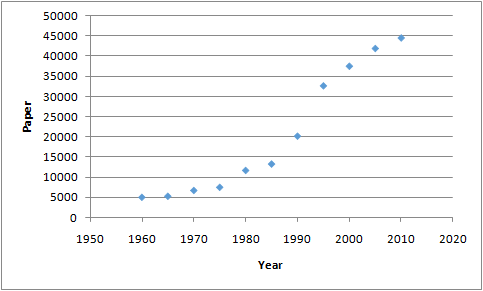Recycling in the United States Use the data in the table. Draw at least one scatter plot (for paper, glass, metals, or plastics). Then draw a fitted line. Using your line, estimate the amount the United States will recycle 5 years from now and 10 years from now. U.S. Recycling for Selected Years (1000 tons) Year Paper Plastics Metals Glass 1960 5080 50 100 1965 5336 0. 401 100 1970 6770 0. 480 160 1975 7555 0. 735 368 1980 11,740 20 1220 750 1985 13,316 99 1501 1050 1990 20,230 370 3970 2630 1995 32,700 990 5870 3140 2000 37,560 1480 6600 2880 2005 41,960 1780 6990 2590 2010 44,570 2500 7880 3130 enVision® Florida Algebra 1 Teaching Resources
Inverse Normal Distribution
The method used for finding the corresponding z-critical value in a normal distribution using the known probability is said to be an inverse normal distribution. The inverse normal distribution is a continuous probability distribution with a family of two parameters.
Mean, Median, Mode
It is a descriptive summary of a data set. It can be defined by using some of the measures. The central tendencies do not provide information regarding individual data from the dataset. However, they give a summary of the data set. The central tendency or measure of central tendency is a central or typical value for a probability distribution.
Z-Scores
A z-score is a unit of measurement used in statistics to describe the position of a raw score in terms of its distance from the mean, measured with reference to standard deviation from the mean. Z-scores are useful in statistics because they allow comparison between two scores that belong to different normal distributions.

The scatter plot for Paper recycling is as follow

Trending now
This is a popular solution!
Step by step
Solved in 6 steps with 5 images









